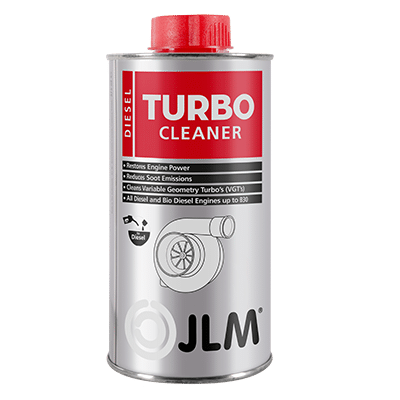If you’re wondering what GDI stands for, you’re not alone. GDI stands for Gasoline Direct Injection, a fuel delivery system that sprays fuel directly into the combustion chamber. Understanding the meaning of GDI and how GDI engines work can help you identify whether your car is equipped with one and why it’s important. GDIs offer a range of performance and efficiency benefits. Below, we’ll explain how to identify a GDI engine and what sets GDI engines apart from traditional fuel systems.
Key features and benefits of GDI engines
- Direct Fuel Injection
As mentioned above, the primary characteristic of a direct injection engine is that it injects fuel straight into the combustion chamber. This allows for more precise control of the air-fuel mixture and leads to cleaner, more efficient combustion. - Improved Fuel Efficiency
GDI technology, which allows for precise control over the air-fuel mixture, delivers better fuel economy by optimising fuel use when compared to conventional fuel injection systems. This is especially evident during low-speed or city driving conditions. - Increased Power Output
GDI engines can utilise higher compression ratios without causing engine knock (pre-ignition), enabling them to offer more power than traditional port fuel injection systems. - Lower Emissions
The efficient combustion that GDI engines provide means reduced emissions of harmful gases such as carbon dioxide (CO2). This makes GDI engines more environmentally friendly.
How to identify a GDI engine in your car
With more vehicles using GDI technology, especially since Euro 5 emissions standards, identifying whether your car is equipped with a GDI engine is easier than ever.
- Check the vehicle manual and specifications
Your owner’s manual or spec sheet will usually indicate whether the car has a GDI system. Look for terms like:
- GDI (Gasoline Direct Injection)
- T-GDI (Turbocharged GDI)
- FSI (Fuel Stratified Injection, used by VAG such as Volkswagen, Seat, Audi and Porsche)
- TFSI (Turbocharged Fuel Stratified Injection, also VAG)
- CGI (Charged Gasoline Injection used by Mercedes-Benz)
- SIDI (Spark Ignited Gasoline Injection Opel)
- Look under the hood
Inspecting the engine bay can provide clues. Unlike traditional injectors placed in the intake manifold, GDI fuel injectors are mounted directly onto the cylinder head. This visual difference is a good indicator. - Check for badges or emblems
Many automakers display a “GDI” badge on the trunk, grille, or side panel. This is common with models from Kia, Hyundai, and others. - Use a diagnostic tool
Modern vehicles are equipped with an OBD-II port that can provide diagnostic information. Using a suitable OBD-II scanner, you can check if the car is equipped with a GDI system.

Why maintenance matters for GDI engines
One of the few downsides of GDI engines is the potential for carbon buildup on the fuel injectors and intake valves over time. This buildup can affect performance and efficiency, increase harmful emissions and lead to costly repair costs if left unchecked.
To help prevent these issues, consider using a high-quality cleaner like the JLM GDI Injector Cleaner. It’s specially formulated to clean the injectors and combustion chamber in GDI engines, helping restore power, reduce emissions, and improve fuel economy.
Summary
So, what does GDI mean? In simple terms, it stands for Gasoline Direct Injection. GDI is a fuel delivery system that boosts performance, fuel efficiency, and reduces emissions. If you’re trying to find out whether your car has a GDI engine, check the manual, inspect under the hood, look for visual badges, or use a diagnostic scanner. To help keep your GDI engine in good health, use additives such as the GDI cleaner from JLM to save you expensive repair costs down the line.

